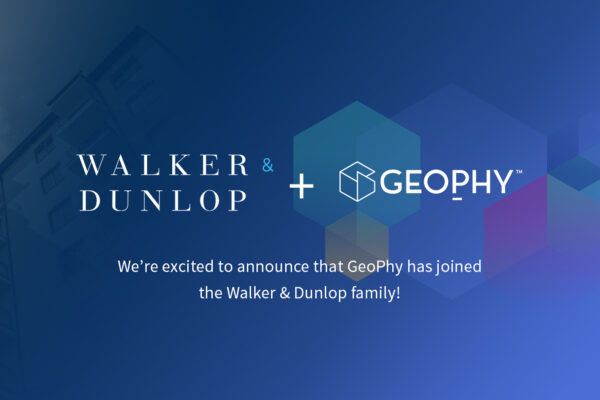How to measure market attractiveness with GeoPhy Neighborhoods
Analyze and evaluate over 90,000 local areas in any market across the US.

There’s no doubt the multifamily market has been red hot for some time. Historically low cap rates across most US markets confirm this. Given the size and duration of commercial real estate investments, however, CRE investors and lenders need to be laser-focused on where they concentrate their energy and resources.
Not only must they prioritize which markets to focus on, but also which neighborhoods within those markets present the most attractive opportunities. Deciding on which neighborhoods to focus is a huge challenge given the lack of hyperlocal data available today.
In a recent Forbes article, “The Hottest Cities for Commercial Real Estate Investing in 2020,” both Austin and Nashville are listed in the top 10 cities. In the article, economists expect Austin to lead in job growth, which will lead to significant population growth. Nashville, on the other hand, is experiencing the fastest rising rents, and according to CBRE, that trend is expected to continue over the next five years.
In such a competitive landscape, it’s important for investors to be diligent with their resources and research. Sure, Austin and Nashville have been turning institutional investor heads for the past few years, but on which neighborhoods should investors focus their attention within those markets?
Traditionally, commercial real estate investors and lenders analyzed data at the submarket level. Austin, for example, is divided into anywhere between 10 to 40 submarkets depending on the source and property type—quite a large range. The definitions of those submarkets are also extremely subjective and the market fundamentals differ vastly within a submarket.
Introducing GeoPhy Neighborhoods
With GeoPhy Neighborhoods, it’s now possible to break submarkets down in much finer detail. GeoPhy was the first company to create a CRE Automated Valuation Model (AVM) that uses machine learning to identify location factors that contribute to a commercial property’s value. Based on the learnings from the GeoPhy AVM, we’ve identified the characteristics that define and rank neighborhoods. The result, GeoPhy Neighborhoods, allows investors and lenders to put their evaluation of a property within the context of a neighborhood—and do so quickly. Compared to traditional submarkets, GeoPhy Neighborhoods provides greater granularity of local market characteristics. Instead of looking at 10 to 40 submarkets in Austin, you can easily evaluate 214 distinct GeoPhy Neighborhoods in Austin to further understand and prioritize attractive local areas (see Figure 1).

GeoPhy Neighborhoods groups together similar locations within counties based on three categories of inputs from our AVM: Housing, Demographics, and Amenities. We’ve defined and scored over 90,000 unique GeoPhy Neighborhoods across the country. We score each neighborhood on the three categories above, and the average of the three category scores is the overall neighborhood score. The data provides the national rank and within-market rank.
Case study: Central Austin submarket
Many leading brokerages define Austin to have a Central Submarket that starts just north of the University of Texas campus and is bounded by I35 to the East, 183 to the North, and Loop 1 to the west. This central submarket comprises 24 GeoPhy Neighborhoods (see figure 2).

Surprising to many is the fact that there is substantial variation between these 24 neighborhoods. In the Austin Central Submarket, median monthly rental prices range from $800 to $1,500, while medium income levels range from $50,000 to $100,000.
Even more interesting,—these two adjacent neighborhoods (below) differ by as much as 37% with regards to median rent prices. They differ 92% from a median income level standpoint.


As you can see, neighborhood 165 could be considered more attractive given its superior income and rent fundamentals. At the same time, Neighborhood 368 ranks higher in amenities which indicates that the neighborhood presents upside as potential renters looking in both markets could choose Neighborhood 368 for its lower rents and superior amenities. While a local expert will likely have a good handle on the nuances of these granular submarkets, a manager from a larger, diversified, investment or lending firm will likely lack this granular knowledge.
Summing up
GeoPhy Neighborhoods quantify local area attractiveness with more geographic granularity than commercial real estate investors and lenders have traditionally accessed. It enables them to quickly, surgically identify the most attractive local areas within a city and submarket and can be a key complement to traditional data sources.
Want to learn more? Take GeoPhy Neighborhoods for a spin!


